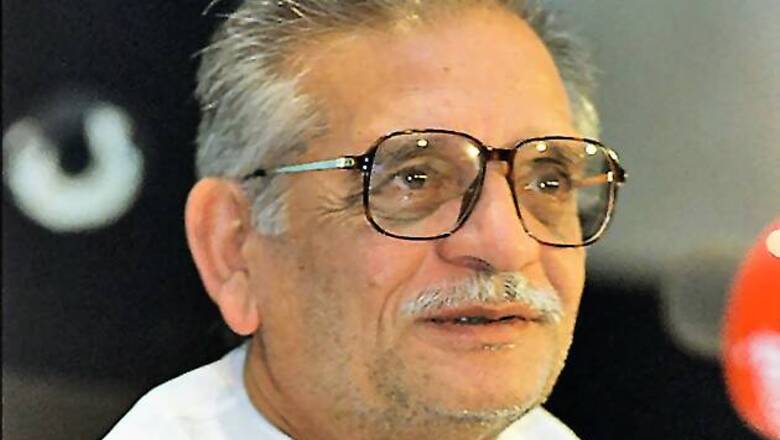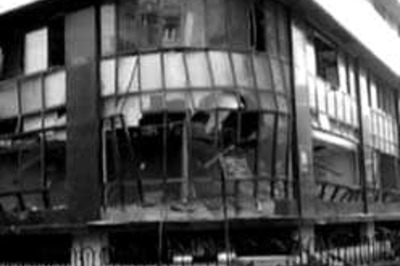
views
New Delhi: Shell-shocked after not being able to attend his father's last rites, lyricist Gulzar decided not to cremate him and did so only five years later when his revered filmmaker Bimal Roy died. "When my father passed away in Delhi, I was working with Bimalda as an assistant in Bombay. My family did not inform me about it. My elder brother who lived in Bombay, and who knew what had happened, took a flight out the same day," the veteran poet recalls in a chapter in a new book 'Housefull: The Golden Years of Bollywood' by journalist-critic Ziya Us Salam.
"I was informed by one of our neighbours in Delhi a few days later. Immediately, I rushed home by train. In those days, Frontier Mail, the fastest train to Delhi, took 24 hours to cover the distance. By the time I reached home, everything was over," he added.
Gulzar was a struggling poet at that time and returned to Mumbai with a "vacuum in my heart. I never cremated my father, so he lived on, as dead. It weighed on my body". Five long years went by, and Roy was on his last journey.
"Every night I used to cry as cancer consumed Bimalda, bit by bit. All along, I was there beside him, reading his favourite script 'Amrit Kumbh'. On January 8, 1966, when he died, we cremated him, and with him, I cremated my father," says Gulzar.
Gulzar, 76, worked with Roy for the first time in 'Bandini' (1963). His first composition was 'Mora gora ang..' but music director S D Burman prevented Gulzar from singing it himself to Roy fearing the young poet might spoil Roy's mood with his amateurish rendition.
The book, published by Om Books International, is replete with little-known facts about actors, actresses, directors, producers, composers and lyricists of the path-breaking films of the '50s and '60s, a period rightly qualified as the 'golden years' of Bollywood. It examines the changing trends in Hindi films, right from the times of 'Alam Ara' to films like 'Lagaan' and 'Tare Zameen Par' via films like 'Pyaasa', 'Do Bigah Zamin', 'Mughal-e-Azam', 'Sholay' and the rest.
Do you know who was supposed to step into Madhubala's shoes in 'Mughal-e-Azam' "At various stages of production, Suraiya, Naseem Banu and Begum Para, were all considered for the pivotal role which ultimately was to go down as the most important role of Madhubala s career," the book says.
In the relentless march of time, the spotlight may have shifted from directors like Roy, Mehboob Khan, K Asif, V Shantaram, Guru Dutt, Raj Kapoor and several actors but there is no denying that the filmmakers of the 1950s and 60s - the Golden Age of Hindi cinema - left behind a legacy difficult to match, the author says.
"Married to the emerging socio-economic and political realities of the time, Hindi cinema often did what was principally the job of the media: mould public opinion, highlight the challenges faced by an emerging nation, not with the idea of killing an innocent dream but merely to ensure that none were left out of the march of progress," he writes.
"The depiction of urban angst in a series of Raj Kapoor films or the moral turpitude of Guru Dutt films or the social chasm of Bimal Roy sagas always gave voice to the voiceless, expression to the ignored, and a platform to the deserving."
"It was cinema that drew from the past, but the past was not mere nostalgia, nice but a convenient means of recalling to a newly independent nation that much before the British arrived, or the White men gave a call for civilising Hindustan, we are a nation throbbing with vitality," the book says.


















Comments
0 comment